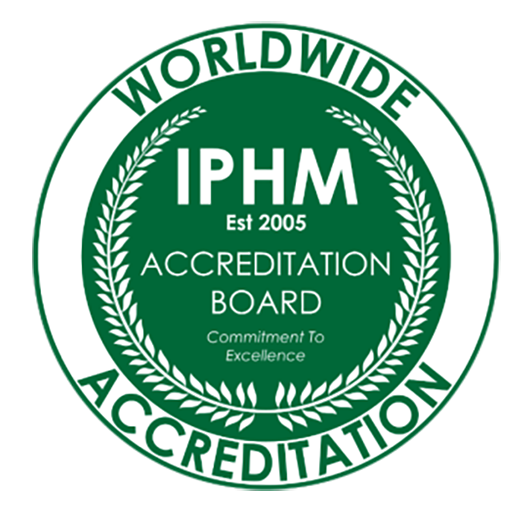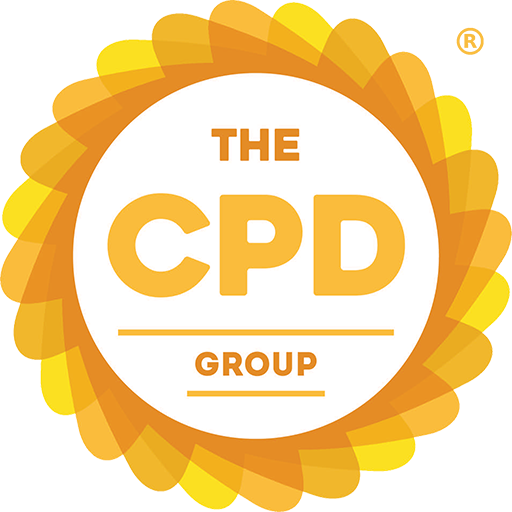Measure the total and calculated free testosterone, oestradiol, and SHBG levels in your blood.
This blood test checks for unusual levels of testosterone and oestradiol, which may affect sexual libido, erectile function and fertility in men and ‘male characteristics’ in women such as excessive hair or help to explain abnormal periods, heavy bleeding or symptoms of menopause
Oestradiol is a steroid hormone and accounts for 80% of the oestrogen in women. It is secreted by the ovaries and is responsible for the development and maintenance of reproductive structures, including fat distribution, preparing the follicle in the ovary for the release of an egg, getting ready for fertility and helping to maintain bone density. In men, high levels of oestradiol can cause the development of breast tissue (gynaecomastia or man boobs) and affect sexual function.
Our Testosterone, Free Testosterone and Oestradiol Blood Test measures your total and calculated free testosterone, oestradiol, and SHBG level. With it, you can check for unusual levels of testosterone and oestradiol, which may affect sexual libido, erectile function, and fertility in men and male characteristics in women, such as excessive hair, or help to explain abnormal periods, heavy bleeding, or symptoms of menopause.
Prepare for your test before 10am. Take this test two to five days after the start of your period, ideally on day three. It can be taken any time if you do not have periods. Hormonal contraception can affect this test, taking a break from this and using barrier contraception will give more accurate results. Do not take biotin supplements for two days before this test, discuss this with your doctor if it is prescribed.
Oestradiol is a female steroid hormone, produced in the ovaries of women and to a much lesser extent in the testes of men. It is the strongest of three oestrogens and is responsible for the female reproductive system as well as the growth of breast tissue and bone thickness. In pre-menopausal women, oestradiol levels vary throughout the monthly cycle, peaking at ovulation. In women, oestradiol levels decline with age, culminating with the menopause when the ovaries stop producing eggs. Low oestradiol can cause many symptoms associated with the menopause, including hot flushes, night sweats and mood swings. Low oestradiol can also cause osteoporosis.
Testosterone is a hormone that causes male characteristics. For men, it helps to regulate sex drive and has a role in controlling bone mass, fat distribution, muscle mass, strength and the production of red blood cells and sperm. Testosterone is produced in the testicles of men and, in much smaller amounts, in the ovaries of women. Testosterone levels in men naturally decline after the age of 30, although lower than normal levels can occur at any age and can cause low libido, erectile dysfunction, difficulty in gaining and maintaining muscle mass and lack of energy. Although women have much lower amounts of testosterone than men, it is important for much the same reasons, playing a role in libido, the distribution of muscle and fat and the formation of red blood cells. All laboratories will slightly differ in the reference ranges they apply because they are based on the population they are testing. The normal range is set so that 95% of men will fall into it. For greater consistency, we use the guidance from the British Society for Sexual Medicine (BSSM) which advises that low testosterone can be diagnosed when testosterone is consistently below the reference range, and that levels below 12 nmol/L could also be considered low, especially in men who also report symptoms of low testosterone or who have low levels of free testosterone.
Most testosterone circulating in the blood is bound to proteins, in particular SHBG and albumin; only 2-3 % of testosterone is free and available to cells. This test uses an algorithm to calculate the level of free or unbound testosterone in relation to total testosterone, SHBG and albumin.
Albumin is a protein which is made mainly in the liver. It helps to exert the osmotic pressure which holds water within the blood. It also helps carry nutrients and medications and other substances through the blood and is important for tissue growth and healing. Albumin also carries hormones around the body, therefore measuring the amount of albumin in the blood can help us calculate how much hormone is available to your tissues.
SHBG (sex hormone binding globulin) is a protein which transports the sex hormones (testosterone, oestrogen and dihydrotestosterone (DHT)) in the blood. Hormones which are bound to SHBG are inactive which means that they are unavailable to your cells. Measuring the level of SHBG in your blood gives important information about your levels of free or unbound hormones which are biologically active and available for use.


Vita Health Clinic Ltd 2023. Company registered number: 15275009. Registered Address: 22a Park Road, Bingley, West Yorkshire, BD16 4JD
Financial Conduct Authority, registration number 978517. Credit is subject to status.
Get in touch by making inquiries on services or products you’d like to know more about or compare.